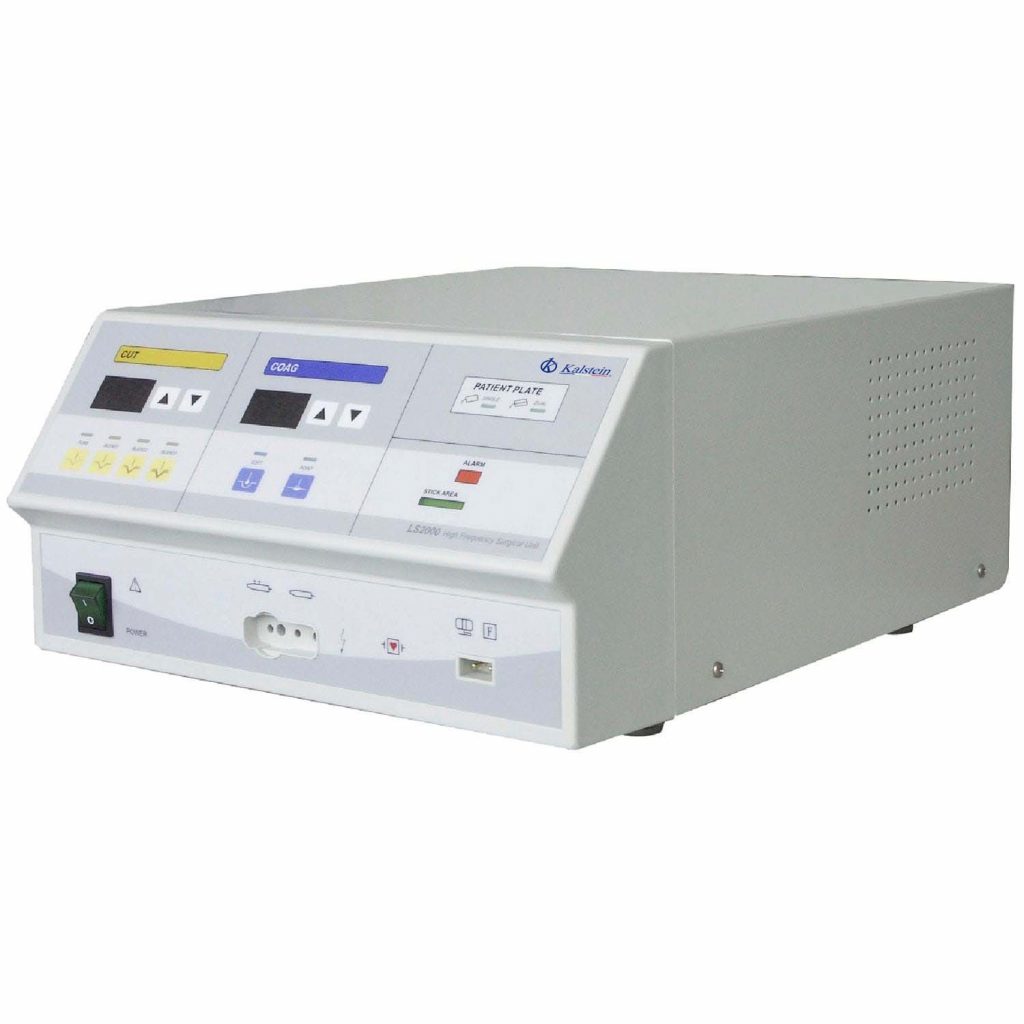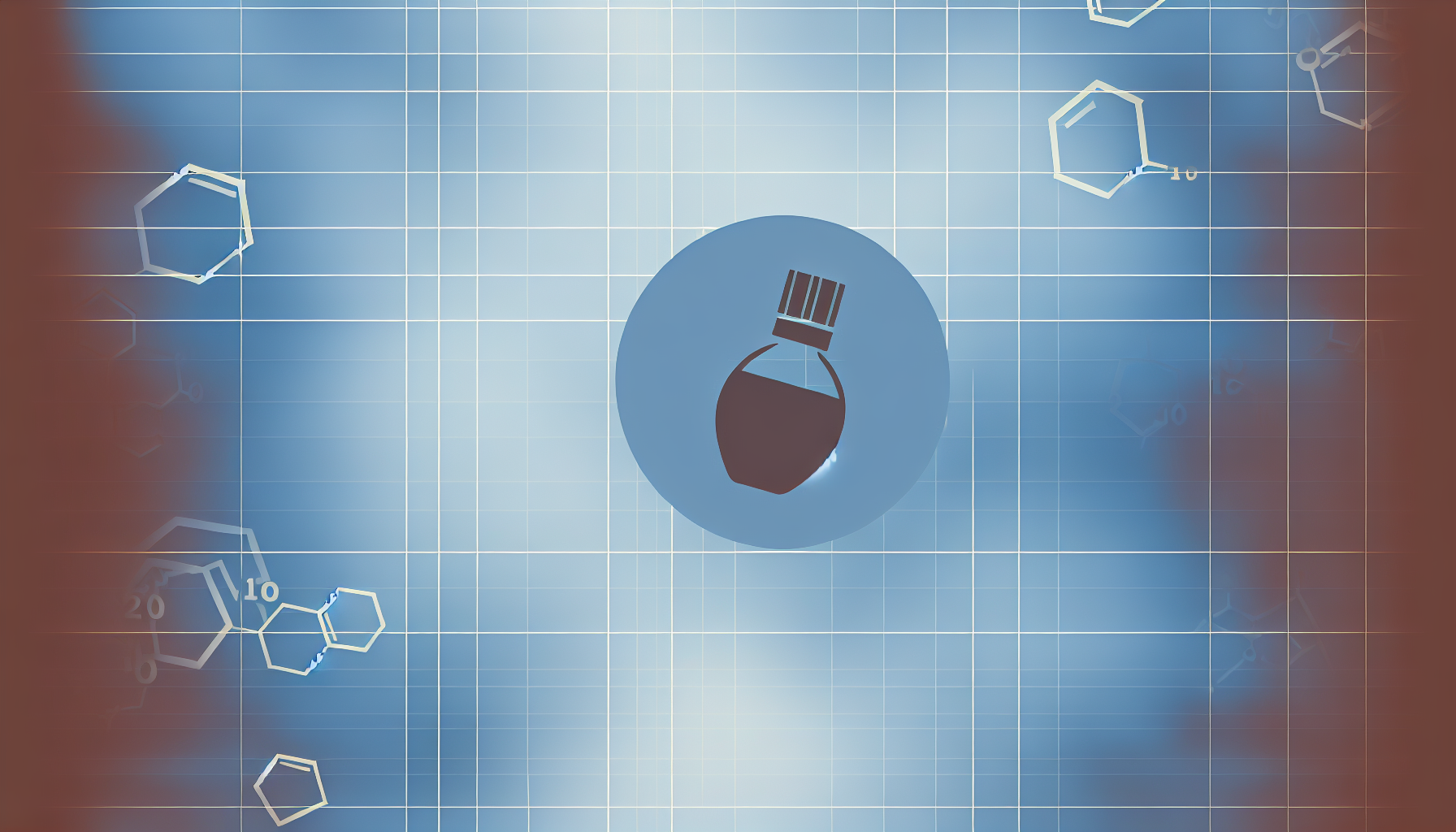Electrobisturs are electronic equipment used in medicine, specifically in the field of electrosurgery, which have the ability to transform electrical energy into heat to cut or coagulate tissues and cauterize them at the same time, using currents that develop at high frequencies usually above 200,000 Hz.
Given the characteristics and multiple benefits of using these medical equipment, it is currently widely used in specialties such as cosmetic surgery, obstetrics, dentistry, orthopedics, dermatology and veterinary. Among the many advantages offered by its use are the notable reduction of tissue bleeding, generate very little thermal damage, and allow considerable time savings during surgical procedures, allowing effective asepsis and reducing the risk of infections.
Characteristics of an electroscalpel
The electroscalpel is a surgical instrument that, by generating high frequency electromagnetic waves, causes a thermal effect that is used to destroy or sectioning biological tissues. This equipment has the ability to generate high frequency alternating current used in electrosurgery from low frequency electrical currents, to achieve a desired thermal effect on a biological tissue. A complete circuit of an electroscalpel consists of:
- Electrical current generator.
- Active electrode, which concentrates energy at the point of contact.
- The patient (tissue).
- A neutral return or dispersion electrode, which allows the circuit to be closed with the generator.
Operation of an electroscalpel
The electroscalpel uses high-frequency electrical energy for its operation, generating heat, with the aim of coagulating or cutting tissues of biological origin. According to its structure it has two modes of operation: monopolar and bipolar. The equipment circulates currents above 200,000 Hz up to 300,000 Hz, because these currents do not interfere with the patient’s nervous processes, this is achieved by the use of an electric generator through two electrodes applied to the body; to generate controllable heat at the applied site, with which electrosection or electrocoagulation of tissue occurs, depending on the case.
It is important to note that when circulating electric current through a medium, the flow of electrons presents difficulty in circulating freely and gives energy as it advances. Opposition to electron passage is called electrical resistance and is related to temperature. The human body has an electrical resistance between 5000 and 10000 ohms. By circulating high frequency, moderate or high intensity current between two electrodes applied to the body, it will generate heat at the desired site causing the cells to disintegrate in this region, but avoiding the electrolytic effect or the pharadic effect, which would take place if the current is used with frequencies below 200,000 Hz.
Monopolar mode of use
It is considered the modality that enjoys the most acceptance, because it is a fairly effective technique. A large surface electrode and a small electrode are used, called the return and active electrode respectively. At the contact point of the active electrode the current density is high, giving a large amount of heat at that site. Only one of the electrodes, the active one, is located inside the patient’s wound, while the return electrode is located anywhere else in the patient’s body.
During this technique, the patient is part of the electrical circuit, through which passes the current of the way and of return. In monopolar electrodes, the radio frequency current flows from the generator via the active electrode, into the tissue being manipulated, through the patient, the dispersive electrode and then back to the generator. The most common injury site is where the patient’s return electrode is placed
Bipolar mode of use
A neutral electrode is not required in this technique. It is worked with an active electrode of two poles having both contacts on the surface to cut In this technique, two electrodes of equal size, are joined in the instrument, which in turn generates that it is unnecessary the dispersion of the current, is for this reason that no return electrode is used to the patient.
This mode uses a smaller amount of current than with the monopolar mode. The active and return electrodes are located at the surgery site within the tip of the instrument. Most bipolar-modality electrobisturs use a lower voltage waveform to achieve coagulation and avoid collateral tissue damage. They have a propagating temperature area similar to that of a laser equipment. The maximum lateral thermal extension is within 5 mm and the depth limited to the serous layer.
What does Kalstein offer you?
Kalstein is a company MANUFACTURER of medical and laboratory equipment of the highest quality and the best technology at the best PRICES in the market, so you can make your PURCHASE with us, knowing that you have the service and advice of a company specialized in the field and committed to provide you with safe, economical and effective options for the performance of your functions in the right way. This time we present our Electrosurgical Generator YR02144. HERE
- The YR electrosurgical generator offers a maximum power of 400 watts.
- 7 monopolar and 3 bipolar outputs are available.
- The electrosurgical generator ensures a smooth cut through all types of tissue.
- It performs automatic recognition of the return electrode, either solid or spilled.
- It offers program memory functions and automatic current monitoring.
- The argon module is optional to improve cutting and coagulation.
- Optional adapter for laparoscopy and thoracoscopy application.
- The electrosurgical generator has an easy-to-use interface.
- It has an isolated exit, all floating.
For more information we invite you to take a look: HERE




